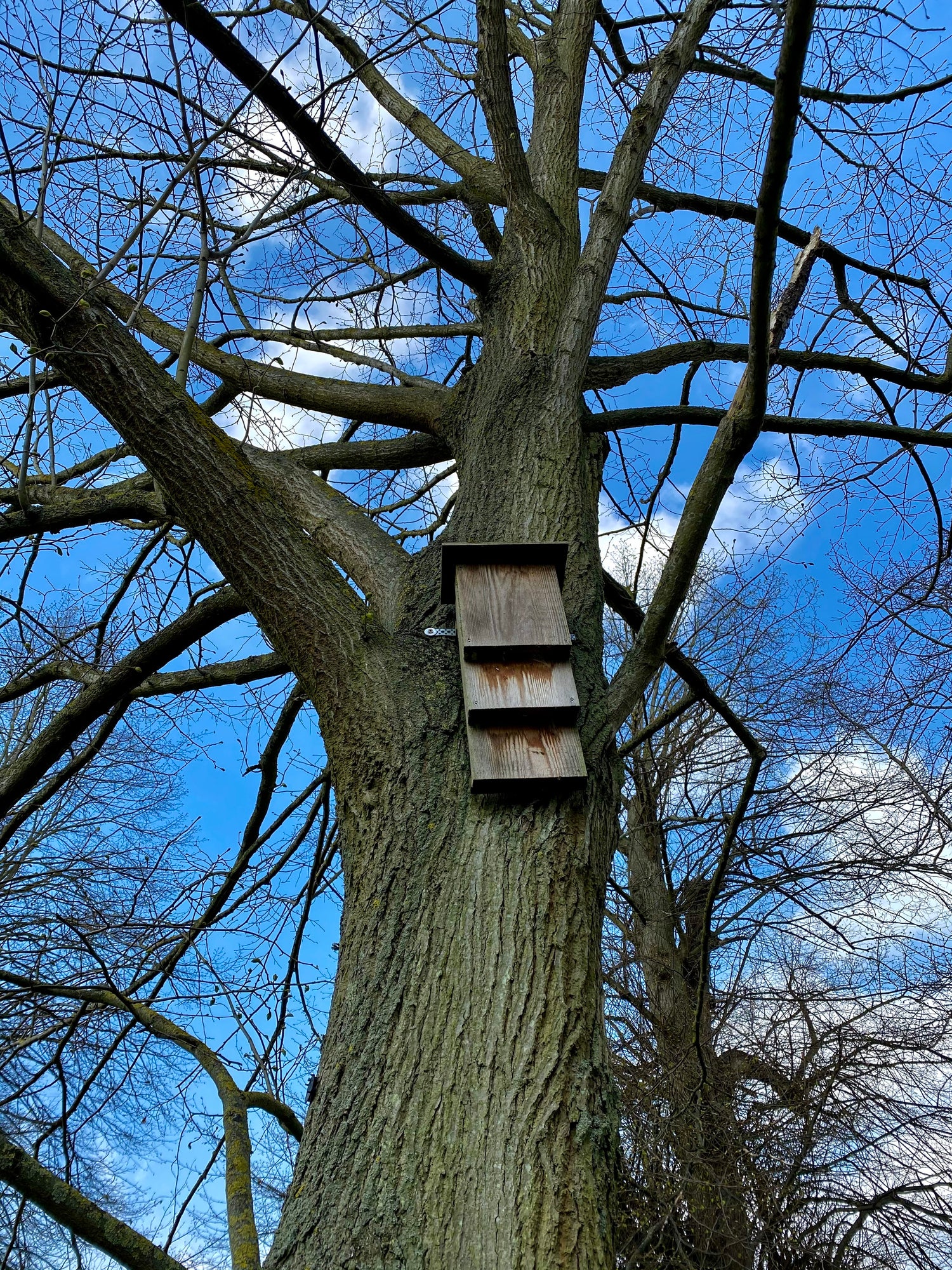ARTICLE AD BOX
With the soaring cost of inflation-busting labour and building materials, homeowners embarking on renovation projects are having to stretch their budgets before even planting a spade into the ground.
But for some, the bills for even the smallest jobs, such as roof repairs or window re-glazing, are delivering crippling financial surprises due to laws in place protecting the UK’s 18 species of bat.
The issue came under the spotlight last November with the £100m spend on a bat tunnel by HS2, but it is not just over-budgeted rail schemes that are impacted by the preservation of the flying mammals.
Volunteer groups, homeowners and landowners are paying out thousands of pounds for bat surveys alone before even acting on any costly measures to protect the animals as part of a planning system the new Labour government wants to reform.
And while conservationists say mitigation to harm to bats’ habitat is required to protect an important player in the country’s ecosystem, others claim the process has been become bureaucratic, and costly.
Examples of work include the team behind the heritage Ravenglass and Eskdale Railway in the Lake District constructing a 4.6-metre high bat roosting tower after up to 47 bats were found roosting in an old station building to be demolished.
In Bath, in Somerset, a landowner paid nearly £250,000 on a windowless bat house before demolishing a farmhouse, while on an existing industrial estate in Wrexham, north Wales, a developer had to install four bat boxes before building three new units.

Bats are protected by UK law, and so any project where the animal may roost, eat or travel warrants a survey costing around £500 from a visiting qualified ecologist. That can include minor work as small as window replacements and re-wiring.
If evidence of bats is found, a second activity survey maybe required to identify the species and numbers. This assessment often requires the bats to be active, and so will only take place outside winter months, and at regular dawn and dusk periods days or weeks apart.
Finally, if it is judged that bats would be impacted by the development, the ecologist draws up a new report outlining suitable mitigation, with a licence then often needed from Natural England before work can begin.
“Mitigation can range from light measures, like placing bat boxes on external walls or nearby trees, to more complex solutions, such as providing a bat loft in a building or creating bat corridors to maintain safe routes for foraging,” said Charlene Sussums-Lewis, from consultancy firm Carter Jonas.
“In cases where a large bat loft is required, the mitigation measures can be more extensive and could involve creating dedicated roosting spaces with suitable conditions.”
£10,000 ‘bat hotel’
Sir Nicholas Coleridge, a former media executive who was last year appointed the Provost of Eton College, told The Independent he was forced to pay £10,000 for a “bat hotel” – technically known as a bat loft – in a part-medieval barn he was converting at his Worcestershire home, Wolverton Hall, 12 years ago.
Bat boxes and bat beams were also required inside the “breathable membrane”-lined loft for planning approval after ultrasonic detecting equipment, he said, picked up a potential flight of a bat inside the barn over a two-week period.
But more than a decade on, Sir Nicholas claimed no bats roost in the loft, and they preferred to remain in the roof of his adjourning home.
The chairman of the Historic Royal Palaces said: “I think a lot of people in the bat industry realise it is, but they are lucky to have stumbled on it. It's like a closed shop. When you want to do something like [renovate a property] you need to go to the small list of bat experts and then they move in licking their lips.”
He also blamed the deterioration of “beautiful” countryside barns and outbuildings on the industry, and questioned how endangered some species of the bat were in regions of the country.

“As a country we are paying an enormous penalty in our heritage and in the beauty of the countryside in order to furnish people with a very, very easy and well paid way of life,” said Sir Nicholas.
The eleven bat species breeding in the UK that are monitored have not suffered a long-term decline in numbers, according to the Bat Conservation Trust. However, the trust, in its recently-published National Bat Monitoring Programme, said short-term trends suggested fewer increases in population, and some emerging declines in regions.
The trust said bats helped regulate healthy ecosystems and needed protecting against threats including farming and development. A spokesperson said complaints over delays and costs associated with bats fed into “misleading rhetoric” in the media and from politicians.
In Somerset, a site manager at a family-run builder said a client had to build a £250,000 “bat house”, measuring 15 by 25 metres, before work could be completed on demolishing a farmhouse for a £5m new property in Bath.
The manager, Nick, who did not want to give his surname, told The Independent: “An ecologist come up, had a look over the farmhouse, and as soon as they found bat droppings, it was more work we had to do.
“The client had to build the bat roost, a bat house as you call it, but I don’t think there was that many bats that ended up using the blinking thing. The restrictions on the building were ridiculous. They [ecologists] seem to have a lot of power and control over what goes on.”
David Patchett, owner of Wirral-based Azzurri Chartered Architects, said a client had a £3m project ready for approval to convert offices into four townhouses in Thame in Oxfordshire in January, but was delayed by the need to carry out a bat survey in May.

The report arrived last month showing no evidence of bats on the site. However, Mr Patchett said his “exasperated” client will now have to wait till next year to build.
He told The Independent: “When they came to do the survey, four guys turned up at site, one on each corner of the building. They stayed for around three hours and didn't see any bats. Cost of report is £1,200, cost of pointless delay to the project is tens of thousands.”
Bats play important role in ecosystems
Sally Hayns, the chief executive of membership body Chartered Institute of Ecology and Environmental Management strongly responded to the criticism, stating it was the job of ecologists to help people stay within the law and avoid harming bats.
Ms Hayns also highlighted the importance of bats, stating that each animal eats up to 4,000 insects a night that would otherwise spread human, plant and animal diseases.
She told The Independent: “Unfortunately, as more and more of their natural habitat has been destroyed, bats have increasingly come to rely on artificial structures, such as roof spaces and barns, as places to live.
“Consequently, as they are protected by law, we have to find ways to ensure that home improvement and renovation works avoid harming bats if present or, if they risk harming bats, those harms are mitigated.”
She said the £500 cost of a bat survey, which included the reviewing of maps and old records as well as travel and years of experience, was not unreasonable. And she said some ecologists had received abuse or threats for their service.
She said: “We are aware of the impact this has on home improvement projects but ecologists are genuinely doing their best to help homeowners and make it as painless as possible.
“There will of course be some rogue ecologists out there who seek to make more money than they should out of it but these are relatively few and the whole profession should not be made a scapegoat as a result.”
Labour is reviewing the process with a proposed Planning and Infrastructure Bill that includes environmental development plans that would allow those behind a project that could harm legally protected sites or wildlife to pay into a Nature Restoration Fund.
But there has been strong opposition to the Bill.
Richard Benwell, chief executive of the Wildlife and Countryside Link coalition, said: “It would leave vulnerable species and irreplaceable habitats like chalk streams and ancient woodlands more exposed than ever to unsustainable development.”
A government spokesperson said: “This government inherited a failed system that blocks economic growth and does nothing for nature’s recovery.
“That is why we will streamline processes for environmental regulation including simplifying guidance to protect bats and their habitats without blocking vital new homes and infrastructure.
“More widely, the new Nature Restoration Fund will also secure lasting improvements for nature and help fix the failed status quo by removing time intensive and costly processes to support the building of 1.5 million new homes.”









 English (US) ·
English (US) ·